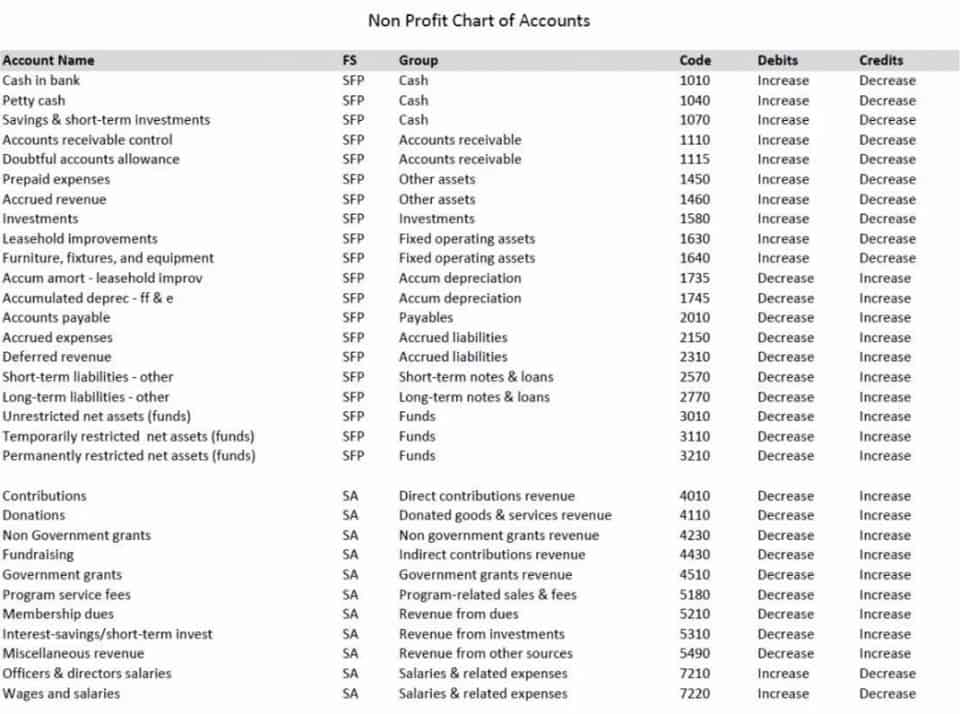
This article will focus on the accounting treatment of intangible investments, specifically equity securities. (a) Do not put partners’ salaries or interest on capital into the main income statement. They belong only in the division of profit statement section.(b) Do not include drawings anywhere in the income statement or statement of division of profit. If non-cash assets are sold for less than their book value, a loss on the sale is recognized.
The Definitive Guide to Investing in a Partnership
This will mean that the entries for the share of the residual profit will be a credit in the appropriation account (thus resulting in a nil balance) and debits in the partners’ current accounts. When a company purchases an investment, it is recorded as a debit to the appropriate investment account (an asset), offset with a credit to the account representing the consideration (e.g., cash) given in exchange for the asset. The changes in value, or “income” from an investment are accounted for in a myriad of different ways, many of which depend on what type of investment it is.

Intercorporate Investments
The double entry is completed with credit entries in the old partners’ capital accounts. The value of each entry is calculated by sharing the value of the goodwill between the partners in the old profit or loss sharing ratio. Accurate https://x.com/bookstimeinc and transparent financial reporting is the backbone of effective partnership accounting.
Management Disagreements

The partnership agreement may specify that partners should be compensated for services they provide to the partnership and for capital invested by partners. The mere right to share in earnings and profits is not a capital interest in the partnership. This determination generally is made at the time of receipt of the partnership interest. When two or more individuals engage in enterprise as co-owners, the organization is known as a partnership. This form of organization is popular among personal service enterprises, as well as in the legal and public payroll accounting professions. The important features of and accounting procedures for partnerships are discussed and illustrated below.

Partnership accounts
DTTL (also referred to as “Deloitte Global”) does not provide services to clients. In the United States, Deloitte refers to one or more of the US member firms of DTTL, their related entities that operate using the “Deloitte” name in the United States and their respective affiliates. Certain services may not be available to attest clients under the rules and regulations of public accounting. Please see /about to learn more about our global network of member firms. The interest on the loan will be a business expense and should therefore be debited to the statement of profit or loss.

Equity Method

The general partners in a limited partnership are presumed to control that limited partnership regardless of the extent of the general partners’ ownership interest in the limited partnership. Non-controlling interest (NCI) is the amount of the subsidiary that the parent company does not own or control. This article concentrates on the preparation of partnership financial statements. The purpose of Schedule M-1 is reconciliation of income (loss) per accounting books with income (loss) per return of the partnership. In other words, it means reconciliation of accounting income with taxable income, because not all accounting income is taxable.
- The important features of and accounting procedures for partnerships are discussed and illustrated below.
- No one should act upon such information without appropriate professional advice after a thorough examination of the particular situation.
- To address the situation the FASB developed the VIE consolidation model and a set of criteria to determine the appropriate accounting.
- Consistent adherence to this plan ensures fairness across the board and ensures that each partner feels secure and valued within the venture.
- The income statement, on the other hand, details the partnership’s revenues, expenses, and net income over a particular period, offering insights into profitability and operational efficiency.
- Tax considerations also play a significant role in the allocation of profits and losses.
Think of it as the bridge between the partnership’s tax return and your personal tax return. In the next section, we’ll explore how to actually make an investment in a partnership, including the partnership accounting process of capital contribution and understanding the fair market value of your investment. Whether you’re a seasoned investor or new to real estate partnerships, aligning your investment with your goals and expectations is crucial. So, let’s dive into the essentials of partnership investment, offering you a roadmap to navigate through the complexities with ease.

Leave a Reply